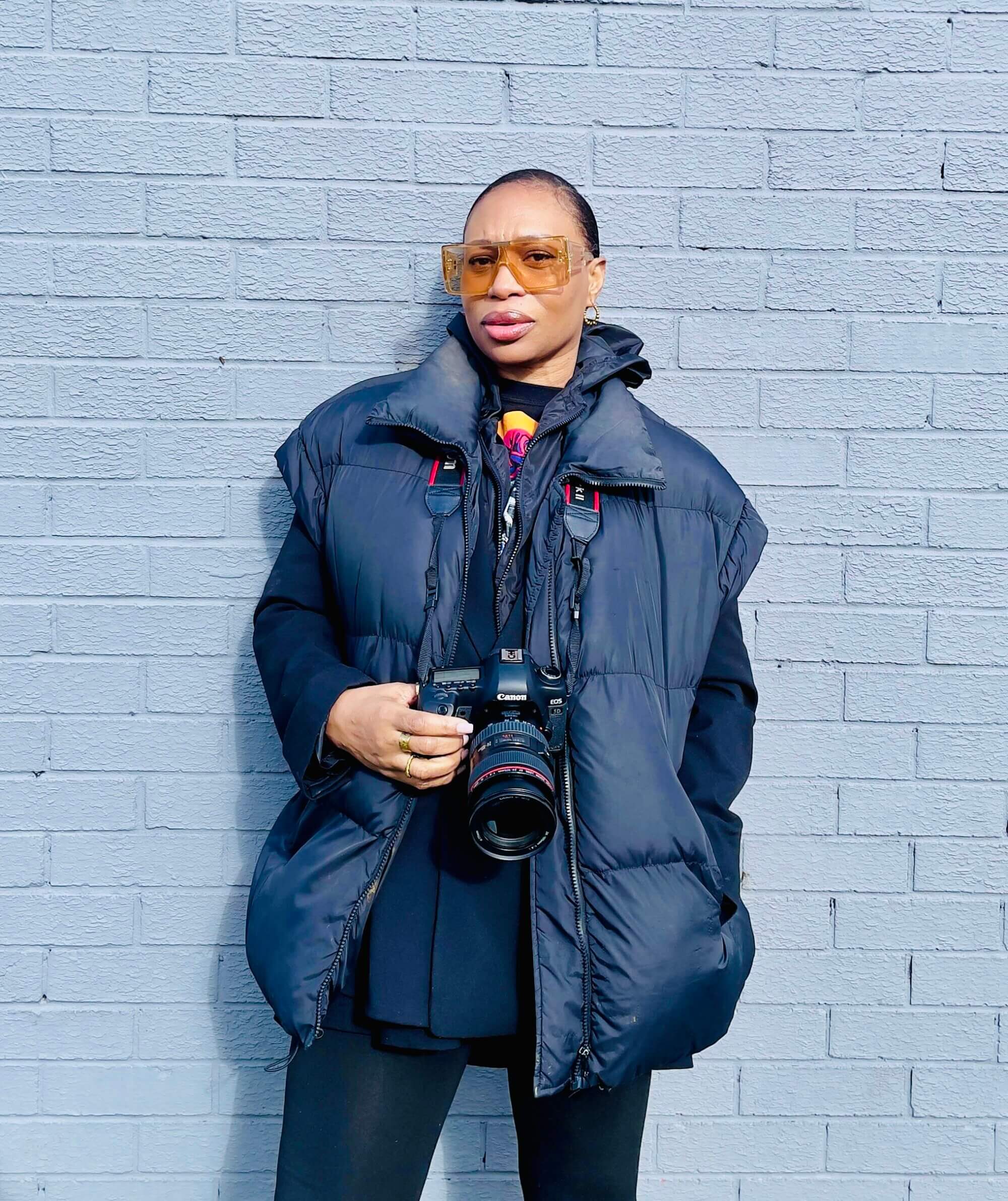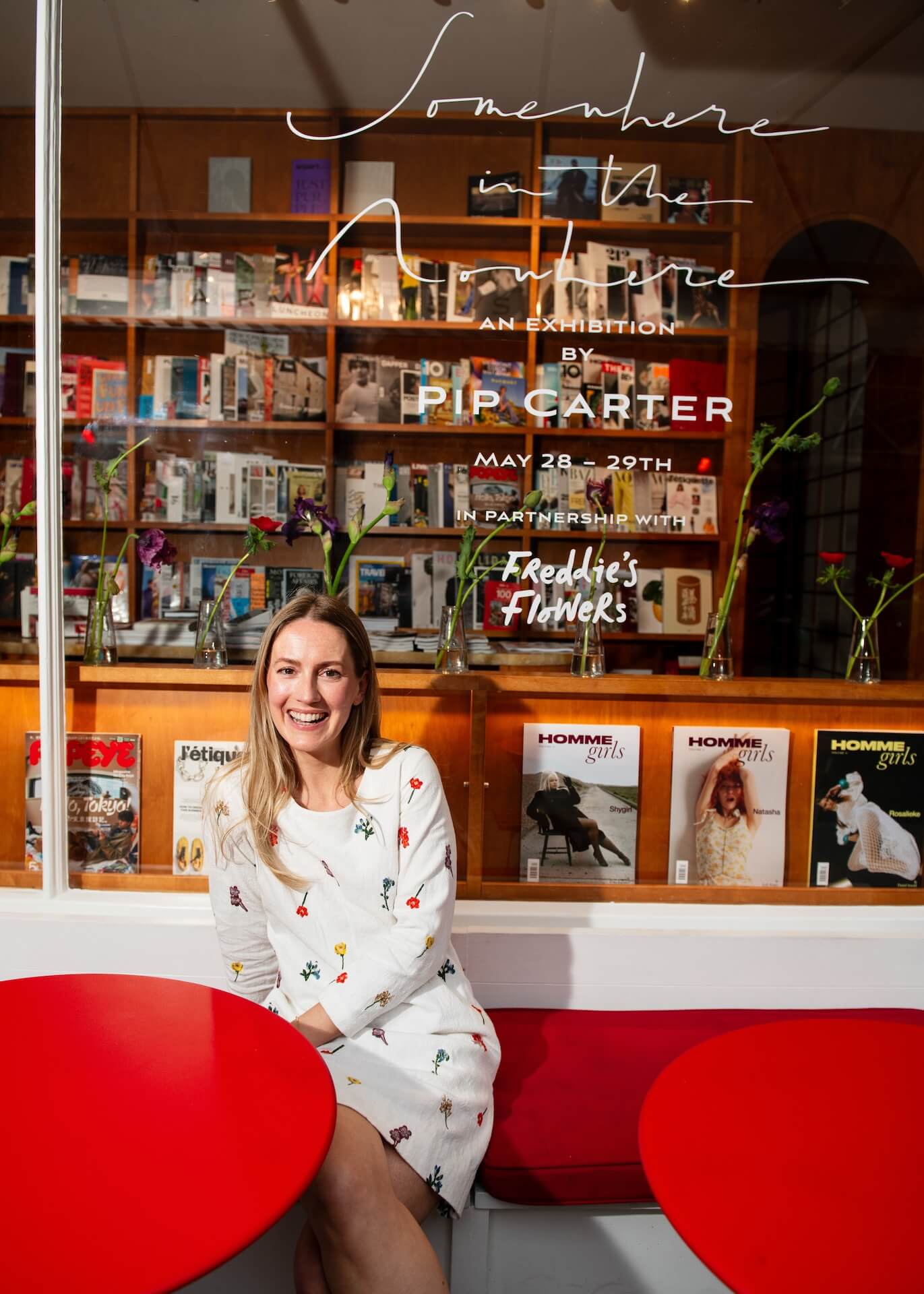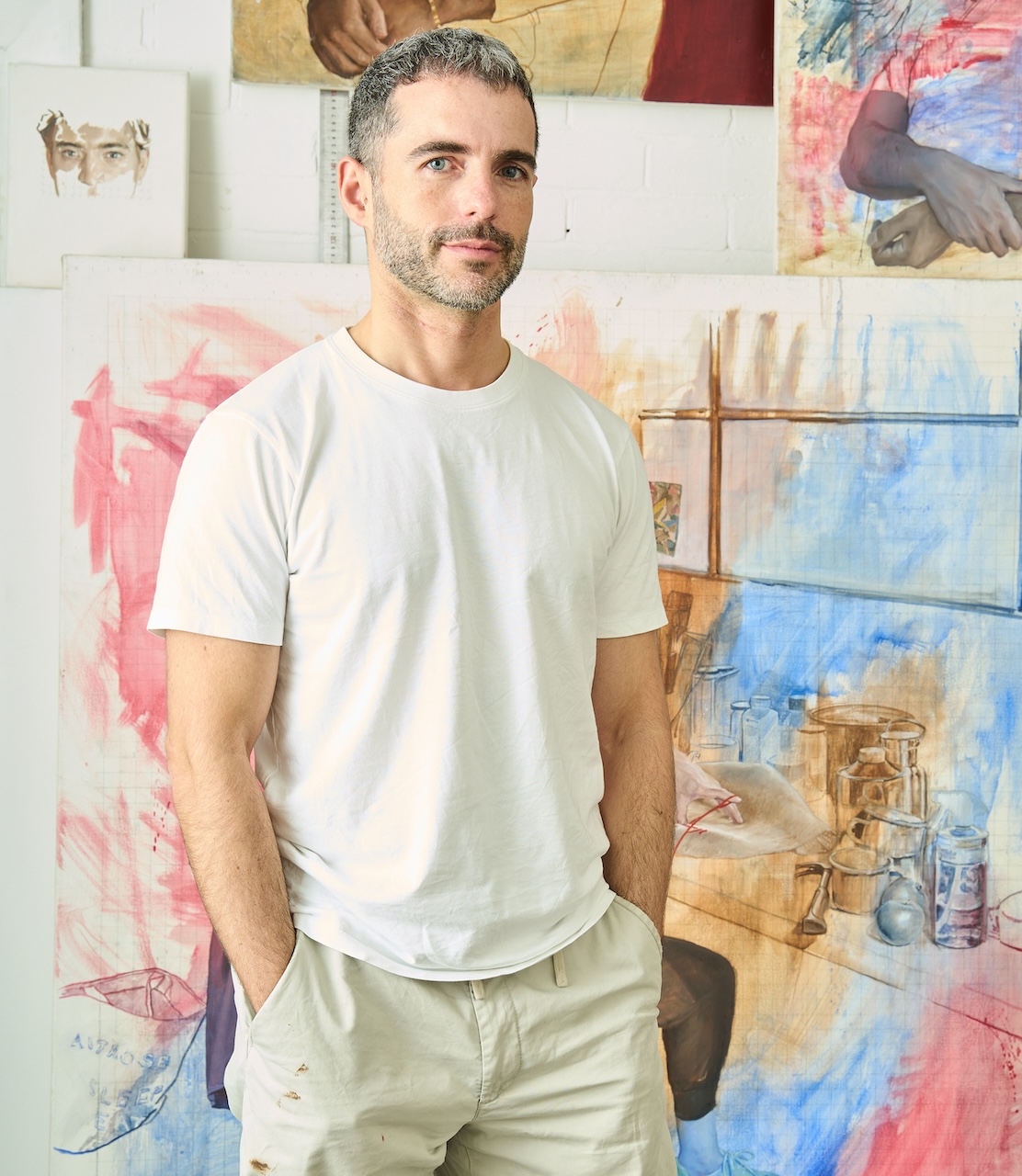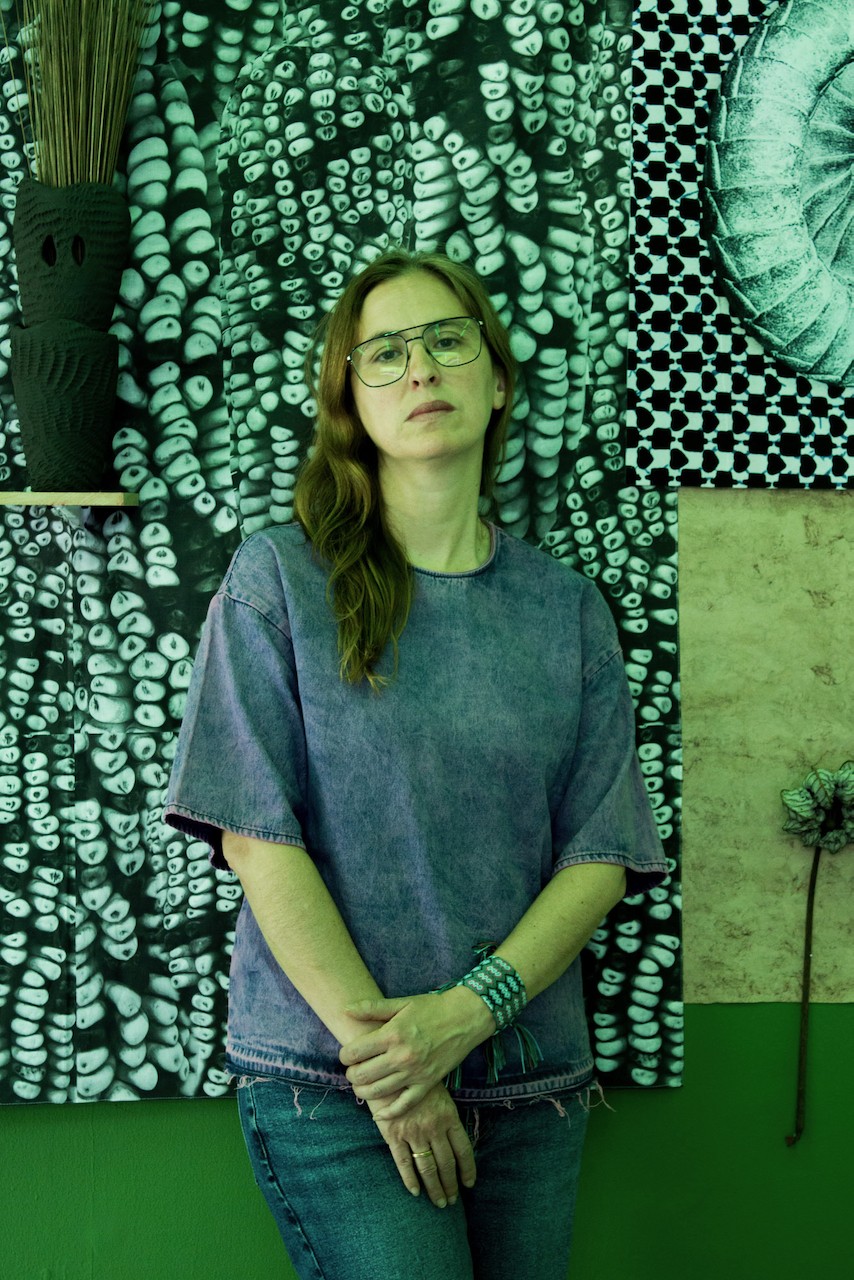Spotlight
Spotlight Artist Kaori Tatebayashi
Championed by Tristan Hoare
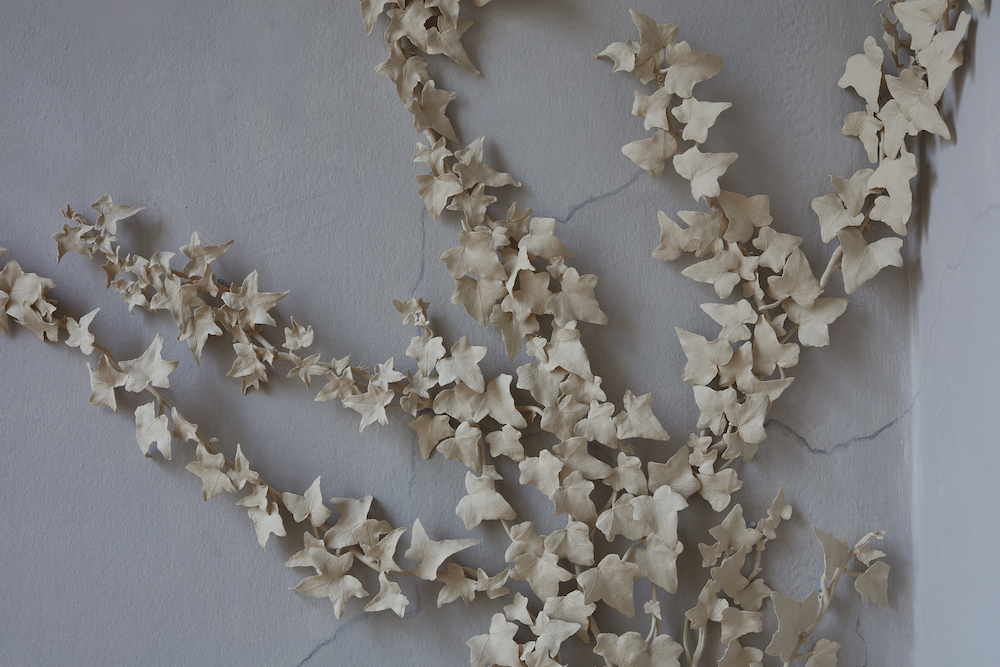
Above A detail of Still Life, Kaori Tatebayashi’s installation at Tristan Hoare gallery
ONES TO
WATCH
WATCH
ONES TO
WATCH
WATCH
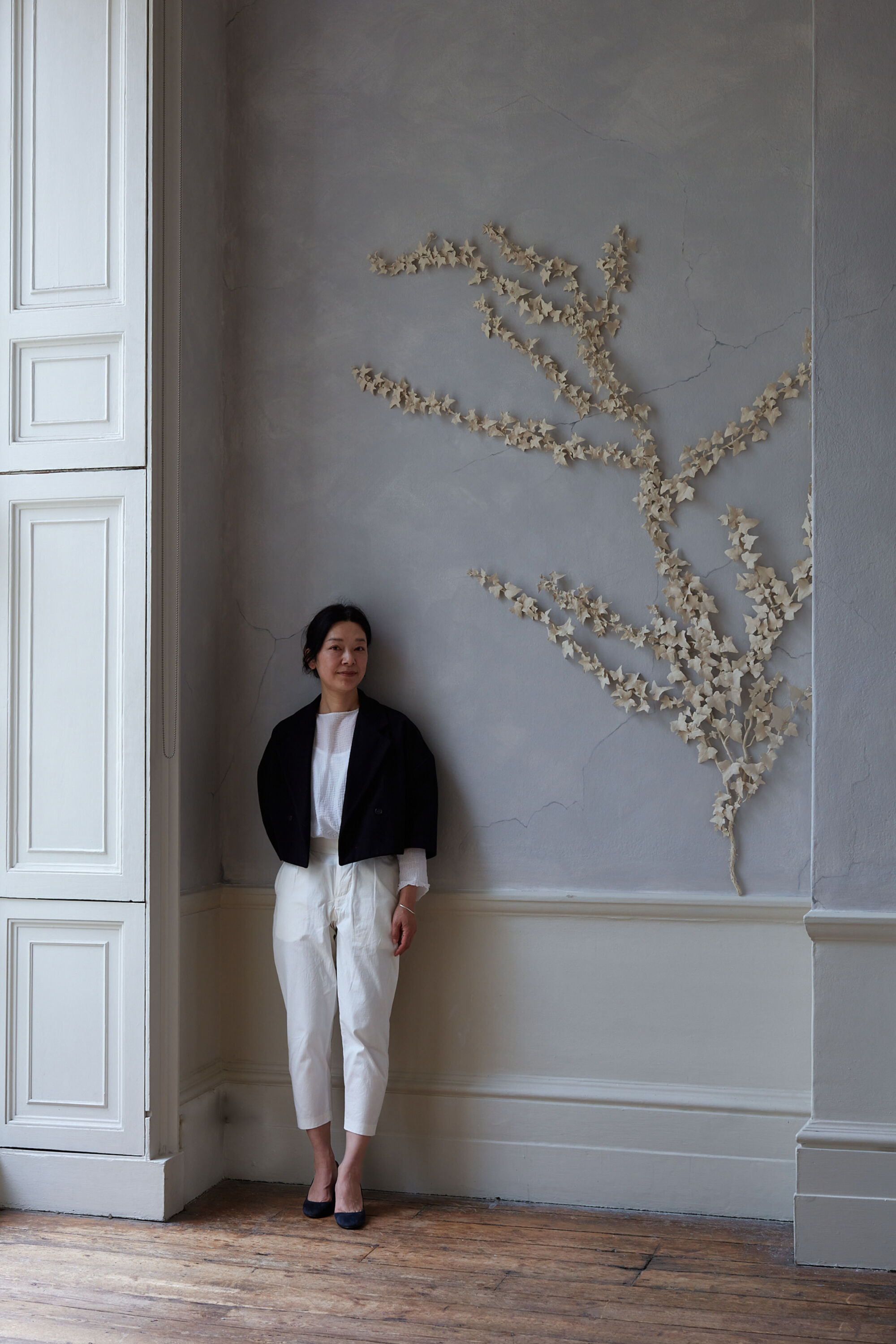
Above Tatebayashi, beside a piece from Still Life
Interview
Kaori Tatebayashi & Tristan Hoare
Photography
Tom Carter
Interview
Kaori Tatebayashi & Tristan Hoare
Photography
Tom Carter
Tristan Hoare founded his eponymous London gallery in 2009 to support young and established artists working across a range of mediums: photography, glass, painting, drawing and – increasingly – ceramics. This growing passion led him to the work of Japanese artist Kaori Tatebayashi, whose stoneware plant life is currently climbing up the walls of his gallery, inside a Robert Adam designed townhouse on Fitzroy Square.
Hoare says: “What I first noticed about Kaori was her ability to translate the exact likeness of plants and flowers into ceramic. Not only the forms, but also the way they move and feel. It’s like experiencing nature directly. Each piece is hand-made and modelled from a real-life plant or flower, never from memory or photographs. This immediacy is what I love in her work.”
For her exhibition, “Still Life”, at Tristan Hoare gallery, Tatebayashi has moved away from the cultivated flora that she typically works with, instead turning her eye to wild plants that invade and spread, such as brambles and ivy. These will cover the walls of the exhibition space, as if the gallery is being reclaimed by nature. The work took about 16 months to make and 10 days to install.
Hoare adds: “There is a kind of engineering aspect to her installations. The ceramics have to support their own weight when placed vertically on a wall [using metal pins] and Kaori has developed her own method of covering entire walls in her ceramic plants.”
Tatebayashi says: “My work reflects the power of nature, drawing on my own experience of gardening. Often the plants you cultivate don’t grow at all and those you don’t want spread rapidly. The climate and the soil take control.”
“To me ceramics have a ghostly presence. I see clay as alive, because it’s malleable and incorporates bacteria. But once it’s been fired, the life of the clay ends there. This characteristic fascinates me. By firing clay, you stop the clock. With the exhibition, you will be stepping into the world of a still life. The objects are frozen in time.”
Tatebayashi grew up in Arita, the home of Imari porcelain, in a family trading pottery. “It wasn’t until I went to university [in Kyoto and London] to specialise in ceramics that I realised the sculptural potential of the material – that it could be used for things beyond tableware.”
The artist isn’t directly inspired by Japanese culture but has begun to notice unconscious influences. “When I looked at Japanese screens by master painters from the 15th century, I saw similarities with my work. Traditionally, Japanese houses were divided by screens, and these painted designs were part of the architecture. They were very seasonal – people would have different screens for spring and summer, for example. I think this idea of incorporating the seasons into architecture has rubbed off on my work.”
Adds Hoare: “Kaori has developed a language of her own which is both contemporary and connected to tradition. Her work is the perfect balance of art and craft.”
For her exhibition, “Still Life”, at Tristan Hoare gallery, Tatebayashi has moved away from the cultivated flora that she typically works with, instead turning her eye to wild plants that invade and spread, such as brambles and ivy. These will cover the walls of the exhibition space, as if the gallery is being reclaimed by nature. The work took about 16 months to make and 10 days to install.
Hoare adds: “There is a kind of engineering aspect to her installations. The ceramics have to support their own weight when placed vertically on a wall [using metal pins] and Kaori has developed her own method of covering entire walls in her ceramic plants.”
Tatebayashi says: “My work reflects the power of nature, drawing on my own experience of gardening. Often the plants you cultivate don’t grow at all and those you don’t want spread rapidly. The climate and the soil take control.”
“To me ceramics have a ghostly presence. I see clay as alive, because it’s malleable and incorporates bacteria. But once it’s been fired, the life of the clay ends there. This characteristic fascinates me. By firing clay, you stop the clock. With the exhibition, you will be stepping into the world of a still life. The objects are frozen in time.”
Tatebayashi grew up in Arita, the home of Imari porcelain, in a family trading pottery. “It wasn’t until I went to university [in Kyoto and London] to specialise in ceramics that I realised the sculptural potential of the material – that it could be used for things beyond tableware.”
The artist isn’t directly inspired by Japanese culture but has begun to notice unconscious influences. “When I looked at Japanese screens by master painters from the 15th century, I saw similarities with my work. Traditionally, Japanese houses were divided by screens, and these painted designs were part of the architecture. They were very seasonal – people would have different screens for spring and summer, for example. I think this idea of incorporating the seasons into architecture has rubbed off on my work.”
Adds Hoare: “Kaori has developed a language of her own which is both contemporary and connected to tradition. Her work is the perfect balance of art and craft.”
About the champion
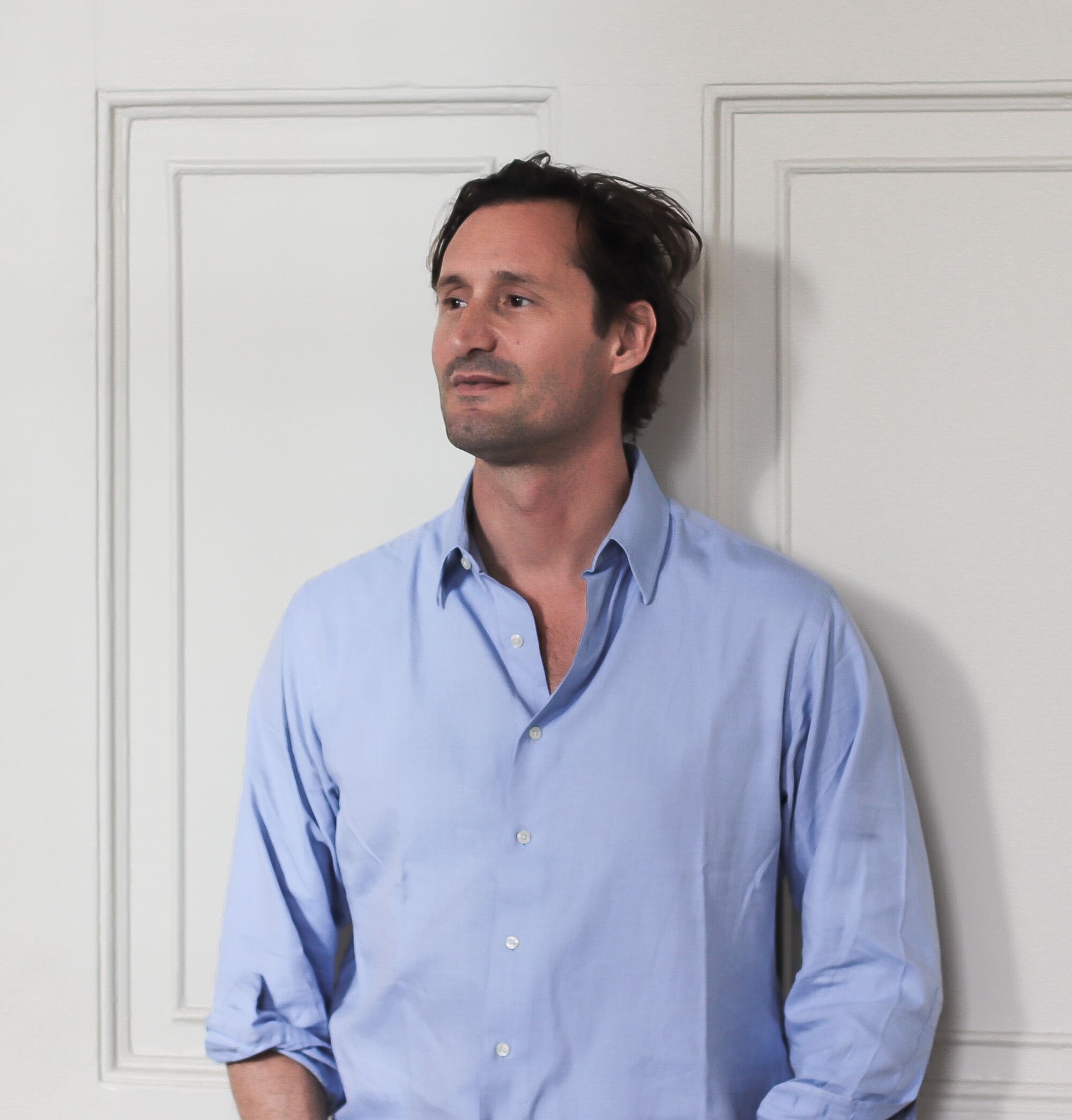
Tristan Hoare worked at Christie’s Auction House before opening his gallery in 2009 – first in Notting Hill and later in Fitzroy Square townhouse, where it resides today. The multi-layered gallery champions young and established artists working across multiple mediums. Its exhibitions tell stories, connecting with both seasoned collectors and people less familiar with the art world.
“Kaori has developed a language of her own which is both contemporary and connected to tradition. Her work is the perfect balance of art and craft”
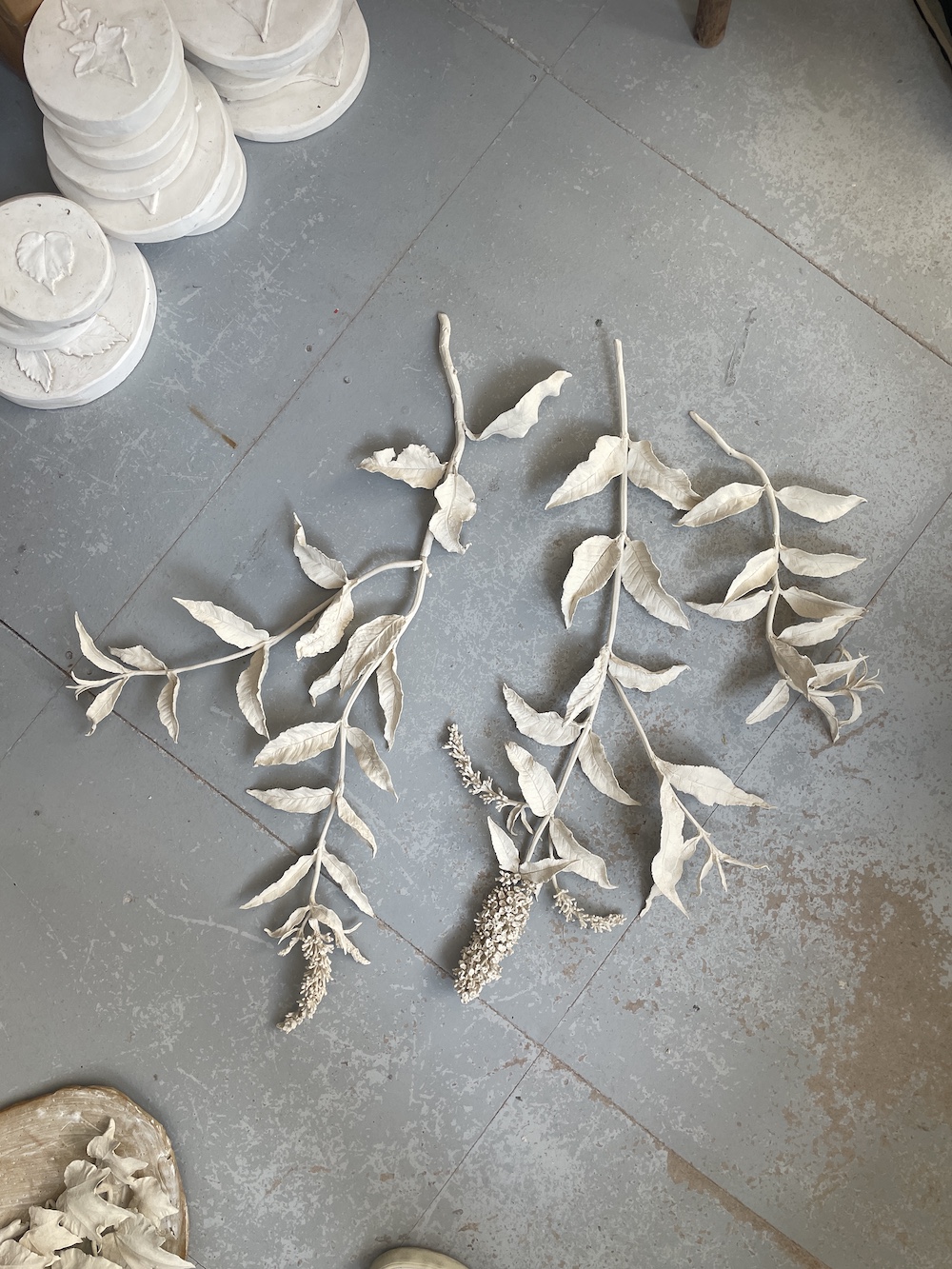
Above Buddleia blooms in Kaori Tatebayashi’s studio – fragments of her installation, Still Life, at Tristan Hoare before installation
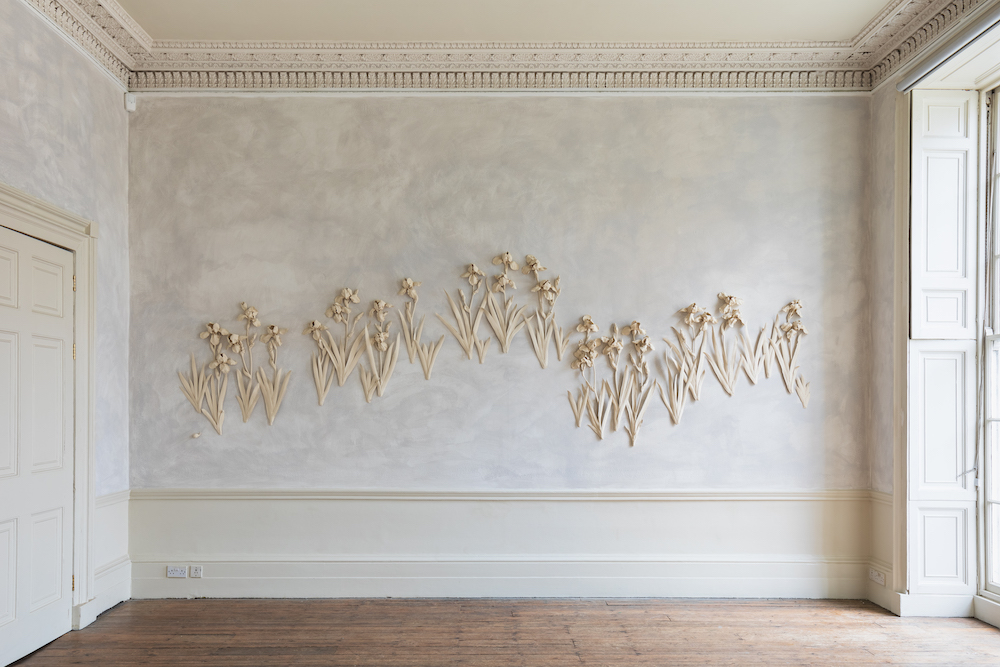
Above Kaori Tatebayashi, The Walled Garden at Tristan Hoare Gallery, London, 2021. Photography: Alzbeta Jaresova. Courtesy of Tristan Hoare Gallery
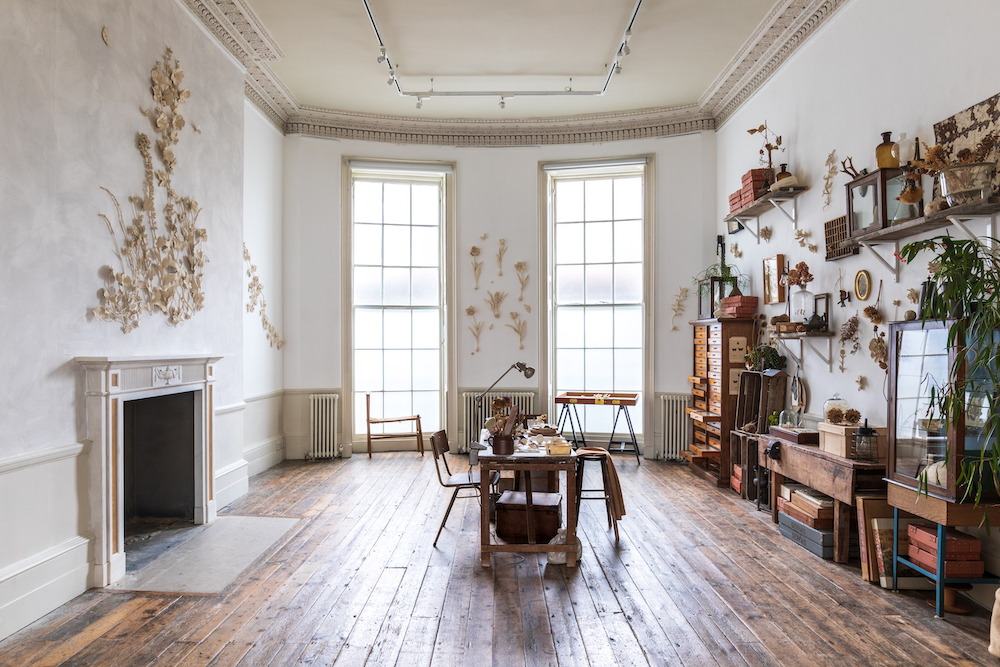
Above Kaori Tatebayashi, The Walled Garden at Tristan Hoare Gallery, London, 2021. Photography: Alzbeta Jaresova. Courtesy of Tristan Hoare Gallery





